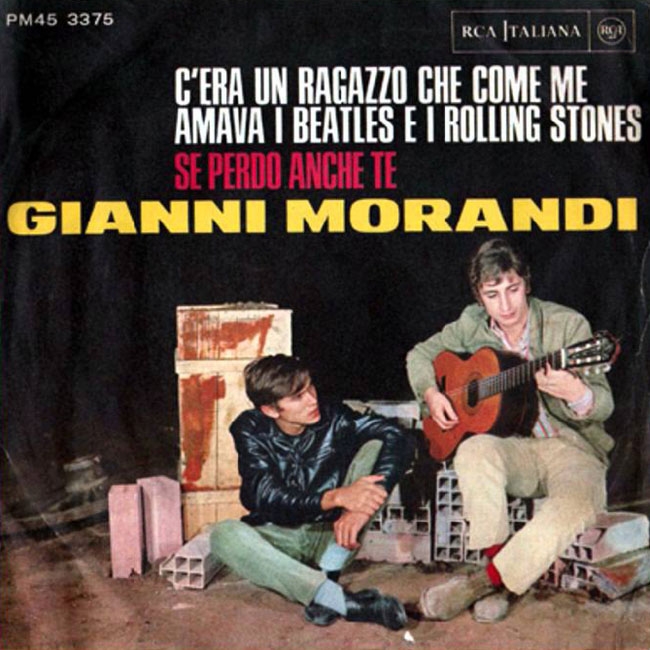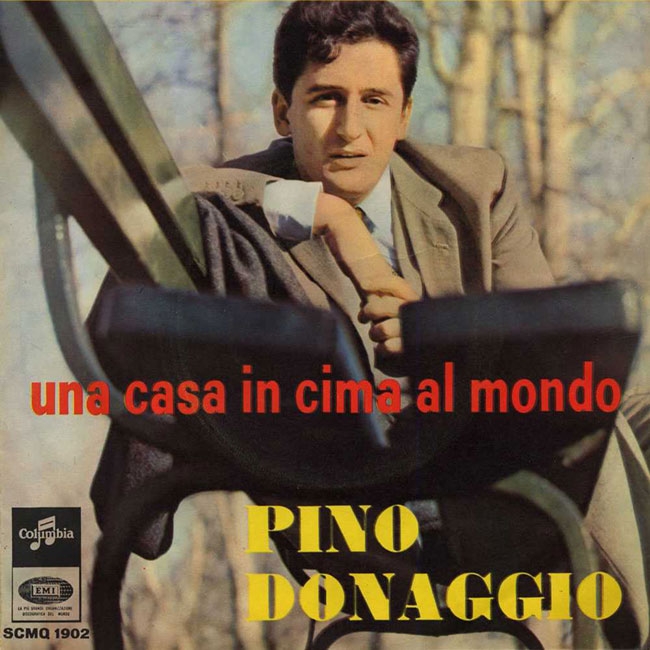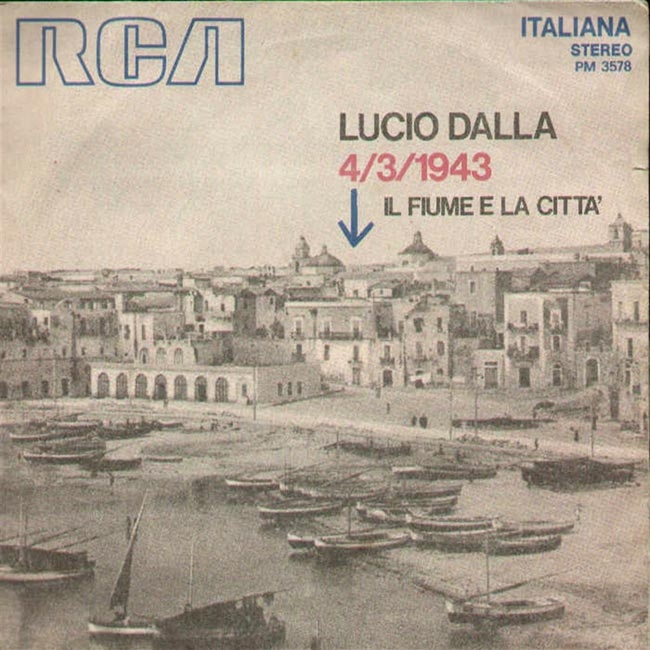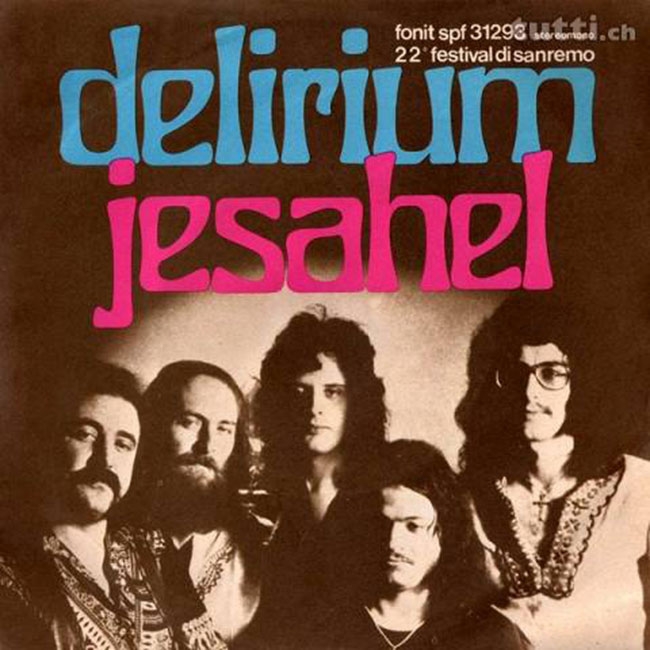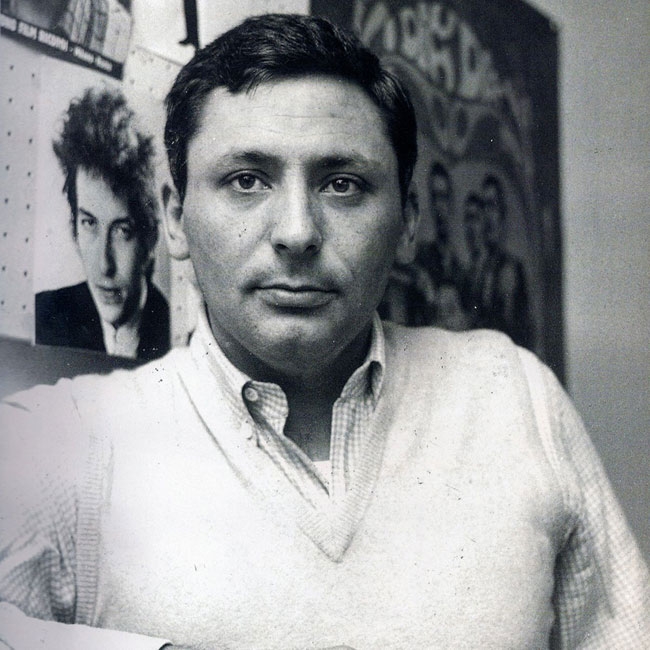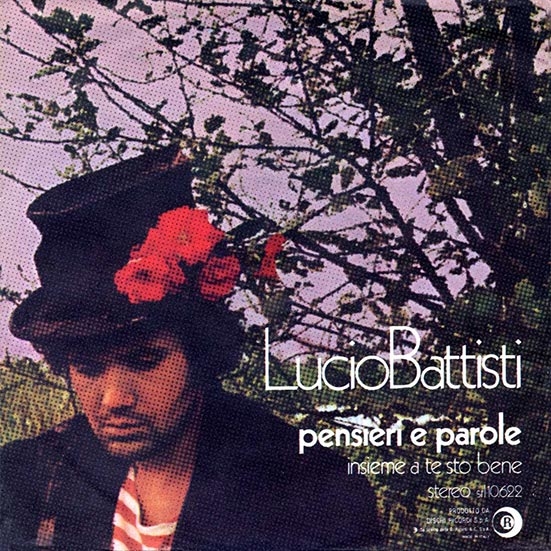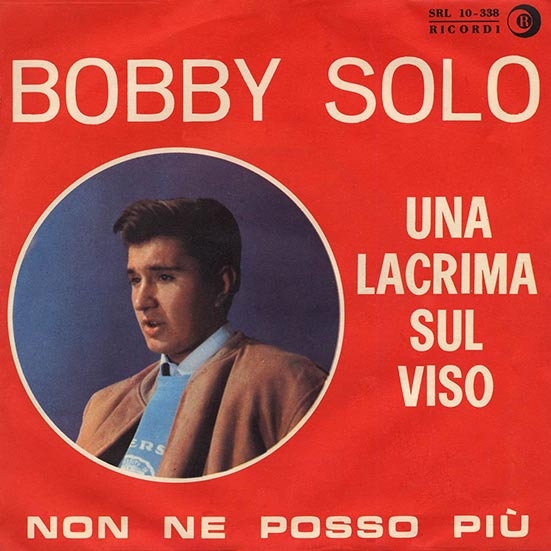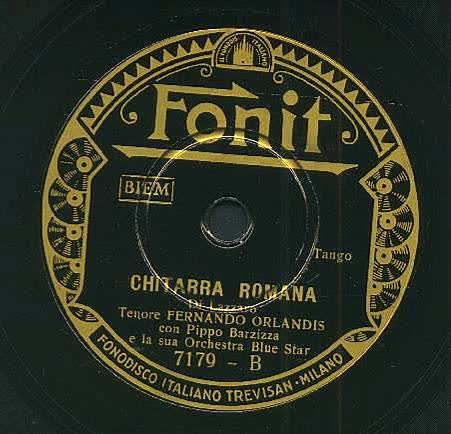
Chitarra Romana
Roman guitar
Author: Eldo Di Lazzaro
A tango does not necessarily need an exotic, South American or gypsy-like landscape as a background. In the case of Chitarra romana the song is set - as the title says - in the Eternal City. The fact that the song immediately proved to be a hit destined to stand out among the most timeless songs ever, confirms how the tango was definitively assimilated into Italian life. Eldo Di Lazzaro’s music hits the mark once again, distilling the best of the national-popular melodies as he does in similar pieces that have enriched the repertoire of songs in dialect (La Romanina, Rosabella del Molise, Reginella campagnola) and Roman dialect in particular, so cossetted by the regime in the years of the growing “Romanization” of the fascist culture.
The words embellish the cliché of a serenade with guitar, already explored by Petrolini a few years earlier (Tanto pè cantà) and “Roma bella” with its balconies, fountains, the Lungotevere and the “fornarine”, “the charming models whose features can still be admired today in the many images that adorn the minor Roman churches” (Gianni Borgna). The first and most famous was the Fornarina di Trastevere, immortalized by Raphael.
Chitarra romana was released in 1936 by the Florentine Carlo Buti, the most popular voice in that twenty-year period, but it was Claudio Villa in the late 1950s who gave the song its distinguished mark of the Roman spirit. A territory (almost) exclusive to tenor voices from the war years to Pavarotti, the song paradoxically hit the charts only in the version by the Italian-American Connie Francis, with her strong foreign accent, who in 1961 took it into the Top 20 of the hit parade. After her, it was appropriated by many other Roman performers, including Gabriella Ferri and Lando Fiorini. Of the international versions, we even know of one in Chinese.

